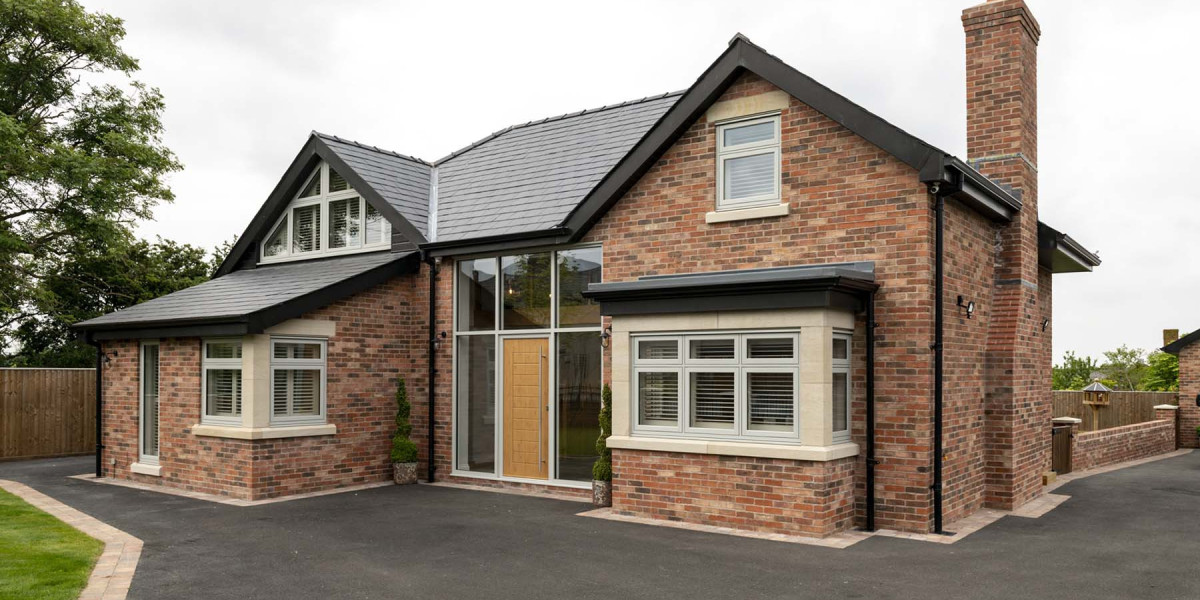When it comes to maintaining the longevity, efficiency, and safety of engineering systems, an engineering cooling unit is not a luxury—it’s a necessity. From CNC machines and laser systems to industrial robotics and power electronics, heat is a silent killer that compromises precision and uptime. In this in-depth guide, we’ll explore everything you need to know about engineering cooling units—how they work, why they matter, and how to select the best one for your application.
? What is an Engineering Cooling Unit?
An engineering cooling unit is a specialized thermal management system designed to regulate temperatures within engineering machinery and industrial systems. These units prevent overheating, reduce thermal stress, and improve system performance by dissipating excess heat generated during operations.
They are commonly used in:
CNC machinery
Hydraulic systems
Power inverters
Data centers
Electrical enclosures
Automation equipment
Laser processing units
⚙️ How Do Engineering Cooling Units Work?
These systems utilize one or a combination of the following cooling technologies:
| Cooling Method | Description |
|---|---|
| Air Cooling | Uses ambient air and fans to lower temperature. Ideal for low-heat settings. |
| Water Cooling | Circulates chilled water through coils or jackets to extract heat. |
| Refrigerant-Based | Operates similarly to air conditioners using refrigerants for rapid cooling. |
| Thermoelectric | Uses Peltier elements to move heat. Compact and solid-state design. |
Each method has trade-offs in terms of cost, complexity, and cooling capacity.
✅ Key Benefits of Using a Cooling Unit in Engineering Applications
An effective engineering cooling unit offers measurable advantages:
Increased Equipment Lifespan: Reduces thermal wear on components.
Improved Accuracy: Maintains stable temperatures for better precision in machining and electronics.
Lower Downtime: Prevents shutdowns caused by overheating.
Energy Efficiency: Modern cooling systems optimize power use.
Enhanced Safety: Controls temperature spikes that can lead to system failure.
? Choosing the Right Engineering Cooling Unit: Key Factors
Before buying or specifying a unit, here are critical parameters to evaluate:
1. Heat Load (BTU/hr or Watts)
Estimate the total amount of heat the system generates. Use manufacturer specs or thermal imaging.
2. Ambient Environment
Consider air temperature, humidity, dust, and vibration where the unit will operate. Industrial settings often need sealed or filtered systems.
3. Mounting Style
Options include wall-mounted, rack-mounted, or standalone models. Choose what fits your spatial constraints.
4. Cooling Capacity
Measured in kW or BTU/hr. Must match or exceed the system’s heat output.
5. Energy Efficiency
Look for units with smart control systems, variable-speed fans, or inverter compressors to save energy.
6. Maintenance Requirements
Some systems require frequent filter changes or coolant replacement, while others are maintenance-free.
? Common Applications of Engineering Cooling Units
| Industry | Use Case Example | Required Cooling Method |
|---|---|---|
| Manufacturing | CNC spindle cooling, hydraulic systems | Water or refrigerant-based |
| Electronics | PCB temperature stabilization | Air or thermoelectric |
| Telecom/Data Centers | Rack-mounted servers, network enclosures | Air or liquid cooling |
| Medical Devices | MRI and CT scan machines | Refrigerant-based |
| Laser Systems | Fiber laser welding or engraving | Water chillers |
? Tips to Optimize Cooling Unit Performance
Routine Cleaning: Dust buildup can reduce airflow and efficiency.
Monitor Fluid Levels: In water-based systems, check coolant levels monthly.
Use Smart Controls: Many modern units come with temperature monitoring and alarms.
Install Proper Ventilation: Avoid trapping hot air in enclosed areas.
Regular Calibration: Ensure sensors are accurately reading and adjusting temperature.
? FAQ: Engineering Cooling Units
Q1: How do I calculate the cooling capacity I need?
A: Add up the wattage of all heat-producing components in your system, then convert watts to BTUs (1 watt = 3.41 BTU/hr). Always include a 10–20% buffer for safety.
Q2: Can I use an off-the-shelf air conditioner as a cooling unit?
A: Not recommended. Engineering cooling units are specifically designed for reliability, precision, and continuous operation in industrial settings. Regular AC units lack the durability and control systems needed.
Q3: How long does an engineering cooling unit last?
A: With regular maintenance, high-quality units can last 7–10 years or longer. Performance may degrade if airflow is restricted or filters are not replaced regularly.
Q4: What’s the difference between a chiller and a cooling unit?
A: A chiller typically refers to a high-capacity system that cools water or fluids for large applications. A cooling unit may use air, liquid, or thermoelectric methods, depending on the specific need and environment.
Q5: What noise levels can I expect?
A: Air-cooled systems may produce 50–65 dB depending on fan speed. Liquid-cooled or thermoelectric systems are generally quieter, which is ideal for labs and precision settings.
? Quick Reference: Cooling Unit Features to Compare
| Feature | Ideal For | Note |
|---|---|---|
| Digital Temperature Display | Precision monitoring | Enables tight thermal control |
| Smart Alarms | Industrial reliability | Alerts on over-temp or failure |
| Compact Footprint | Space-constrained setups | Wall or rack mount options |
| Corrosion Resistance | Harsh environments | Use stainless steel or coated parts |
| Eco-Friendly Coolants | Green operations | Look for R134a or similar |
Real-World Insight:
A 3-axis CNC milling shop upgraded from passive air cooling to a closed-loop water chiller. As a result, they observed a 22% reduction in tool wear and a 12% improvement in machining precision over 6 months. Downtime from thermal-related faults dropped to zero.
If your engineering operation depends on precision, consistency, and uptime, your thermal management strategy should never be an afterthought. By integrating the right engineering cooling unit tailored to your process and environment, you protect your investment, improve performance, and minimize costly downtime.








